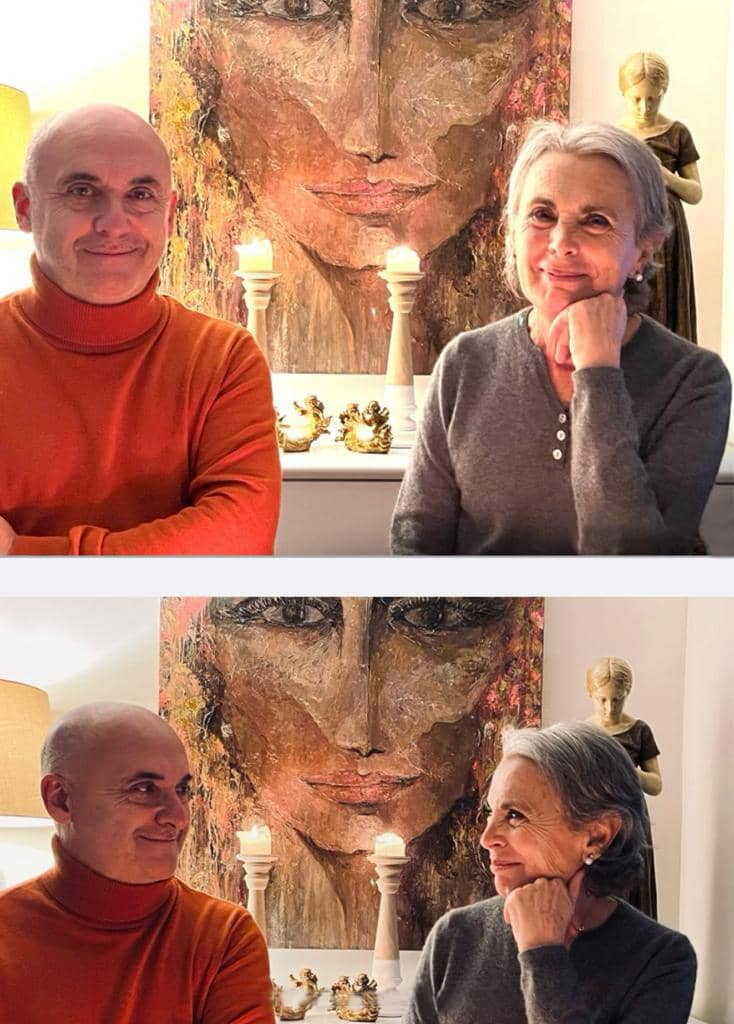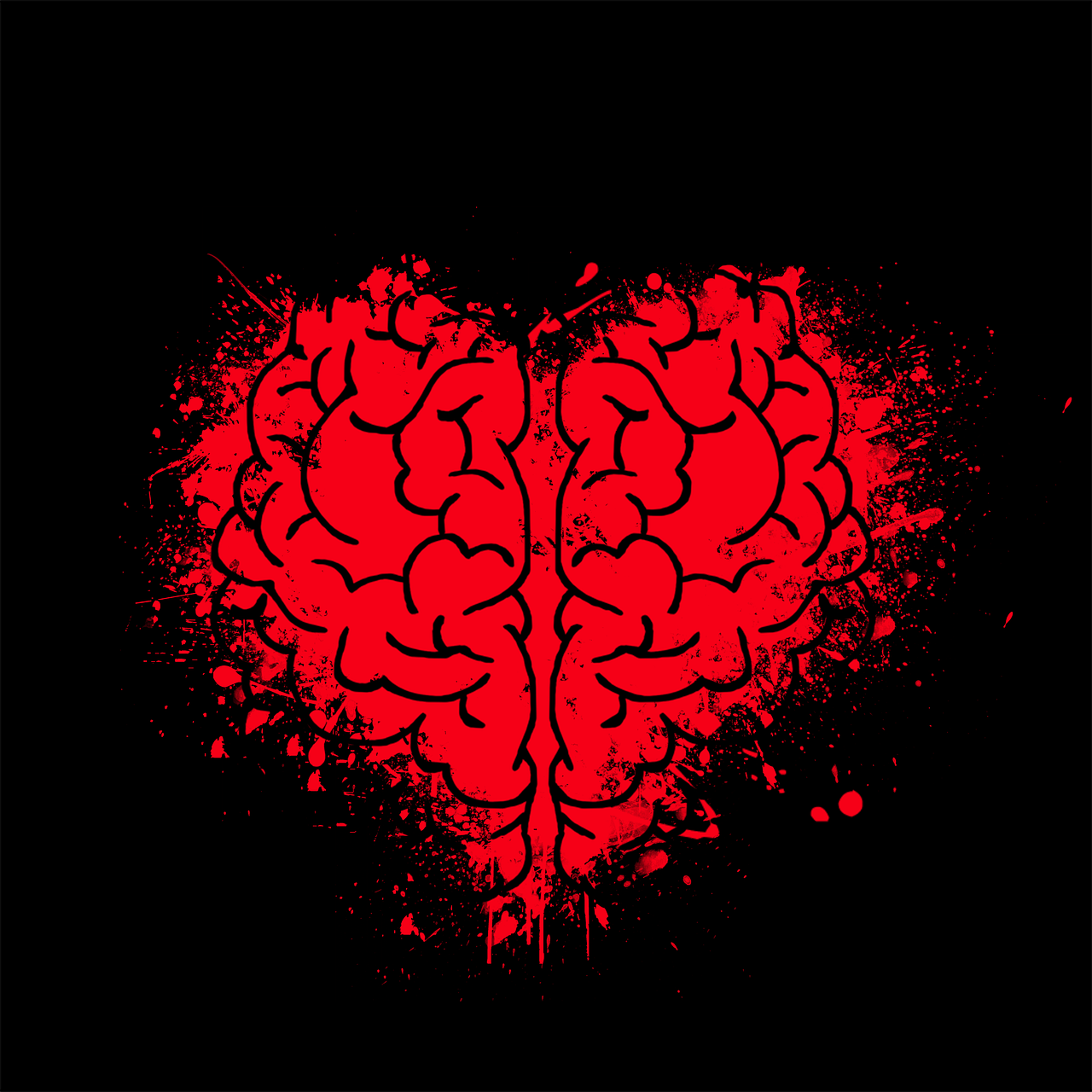The report, reviewing the scientific evidence accumulated to date, represents the first peer-reviewed consensus statement for the scientific study of these encounters.
The scientific advances of the 20th and 21st centuries have led to a great evolution in the understanding of death. At the same time, for decades, people who have survived an 'encounter’ with death have recalled inexplicable lucid episodes involving heightened awareness and awareness. These episodes have been described by the popular term, although poorly defined scientifically, near death experiences (NDE).
Now, an international multidisciplinary team, Led by Dr. Sam Parnia, director of Critical Care and Resuscitation Research at New York University Grossman School of Medicine (USA), has published a multidisciplinary consensus statement on what NDEs are.
This studio, reviewing the scientific evidence accumulated to date, represents the first peer-reviewed consensus statement for the scientific study of near-death experiences.
Thanks to advances in resuscitation and critical care medicine, many people have survived brushes with or close to death. This people (estimated to be hundreds of millions worldwide, based on previous population studies) have systematically described near-death experiences, that involve a unique set of mental memories with universal themes.
Near-death experiences do not correspond to hallucinations, illusions or experiences induced by psychedelic drugs, according to several previously published studies. Instead, follow a specific narrative arc that involves a perception of: separation from the body with a heightened and vast sense of awareness and acknowledgment of death; the journey to a destination; a meaningful and purposeful review of life, which implies a critical analysis of all actions, intentions and thoughts towards others; a perception of being in a place that feels like “home”; and and the return to life.
According to these researchers, nevertheless, the death experience culminates in separate previously unidentified subthemes and is associated with “long-term positive psychological growth and transformation”.
Studies demonstrating the occurrence of gamma activity and electrical spikes, which are often a sign of heightened states of consciousness on electroencephalography (EEG) in relation to death, further support the claims of millions of people who have reported experiencing lucidity and heightened awareness in relation to death.
Frightening or distressing experiences related to death do not usually share the same themes, not the same narrative, transcendent qualities, ineffability and positive transformative effects.
“Cardiac arrest is not a heart attack, but represents the final phase of a disease or event that causes the death of a person. The advent of cardiopulmonary resuscitation (RCP) showed us that death is not an absolute state, rather it is a process that can be reversed in some people even after it has started”, explains the main author of the document, Sam Parnia.
What has enabled the scientific study of death is that brain cells are not irreversibly damaged within minutes of oxygen deprivation when the heart stops.. “Instead, 'tomorrow’ throughout hours. This is allowing scientists to objectively study the physiological and mental events that occur in connection with death.”, points the scientist.
Until now, according to these researchers, Scientific evidence suggests that neither physiological nor cognitive processes end with death and that, although systematic studies have not been able to absolutely prove the reality or meaning of patients' conscious experiences and statements in relation to death, it has not been possible to rule them out.
“Few studies have explored what happens when we die in an objective and scientific way, But these findings offer intriguing insights into the existence of consciousness in humans and may pave the way for further research.”, Parnia concludes.





